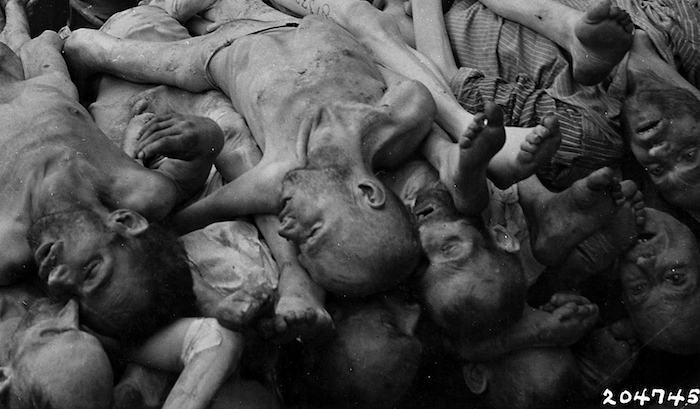Once a month here on the Molten Sulfur Blog, I run content taken from our book Archive: Historical People, Places, and Events for RPGs. This post is one of eighty entries in Archive, each more gameable than the last!
This post is brought to you by beloved Patreon backer Colin Wixted. Thanks for helping keep the lights on! If you want to help keep this blog going alongside Colin, head over to the Patreon page – and thank you!

Feodor Fedorenko
Monster Hidden in Plain Sight
Feodor Fedorenko came to America in 1949. He worked in a factory in Connecticut manufacturing brass and copper products for 20 years until his retirement. Coworkers at the factory described him as an excellent worker who never spoke unkindly of anyone; he was a “real gentleman” with no apparent prejudices. He never put in a grievance and never had one filed against him. His only failure as a resident is that he received a single parking ticket. But in 1977, Feodor Fedorenko was revealed to be a Nazi war criminal: a guard and executioner at the infamous Treblinka extermination camp in German-occupied Poland during World War II.
Fedorenko was born in what is now Ukraine, making him a Russian (and later Soviet) citizen. When Nazi Germany invaded his homeland in 1941, Fedorenko was mobilized into the Soviet Army. He was a truck driver with no previous military training. In the next two to three weeks, his group was encircled twice by the Germans. He escaped the first time, but was captured the second. From there, he was transferred to several camps. The first was a former Soviet training camp with little food or water, 50,000 to 100,000 prisoners, and no available barracks. The next couple camps were enclosed by barbed wire. Prisoners who attempted escape were left tangled in the wire as a warning to their comrades. A year after Fedorenko’s capture, German officers arrived to recruit Ukrainians for military training. They were looking for POWs willing to betray their motherland and work as auxiliary police in the service of Nazi Germany. Fedorenko volunteered.
The recruits were sent to the Trawniki concentration camp, where Fedorenko was one of approximately 5,000 men trained as Holocaust executioners and prison guards. In the fall of 1942, Fedorenko started work at Treblinka. According to witnesses at his post-war trial, at Treblinka, Fedorenko was a fiend. He carried a leather whip with metal balls that he used to beat arriving prisoners. Fedorenko would shoot prisoners who, after escaping and being recaptured, were hung upside down as an example to others. Fedorenko also supposedly shot a female prisoner in the shoulder for being unwilling to undress. Some witnesses placed Fedorenko as one of the guards who worked the gas chambers. Nazi service either turned Fedorenko into a monster or simply gave expression to the devil already inside him.
After a seven-year legal fight in the United States, Feodor Fedorenko was denaturalized and deported in 1984 for concealing his role as a death camp guard. He returned to his Ukrainian hometown, where he had a wife and two grown children from before the war. After a year, the Soviet government arrested him. With no statute of limitations on war crimes in the Soviet Union, Fedorenko went to trial yet again and was sentenced to death. He was executed in 1987.
Feodor Fedorenko in Play
An NPC based on Feodor Fedorenko would be the type of monster whom no one suspects. He would have a clean record, and PCs would likely find him pleasant to the point of being boring. But then someone would find out what he really was. Your PCs could be the investigators who discover he was actually a sadistic guard at an extermination camp. PCs seeking information about the campaign’s villain could seek out one of her retired accomplices, only to find the fiend posing as a friendly factory worker in Connecticut. Or maybe an NPC based on Fedorenko is the campaign’s villain, manipulating events from a hiding place in plain sight. In a campaign where players should doubt everything they think they know (like most spy or Cthulhu mythos games), outing a beloved recurring NPC as a war criminal could push that theme.






